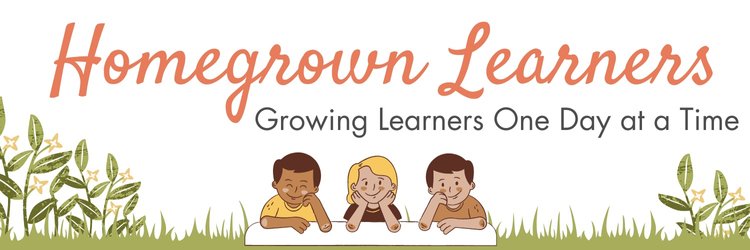
Last week I shared the very first SQUILT lesson with you - about J.S. Bach.
One of the blog comments last week was so insightful. The commenter thanked me for the lesson and told me she was modifying the SQUILT page to allow MORE room for writing for her older children.
I LOVE this!
After time I hope that your SQUILT activities will take on a life of their own... learn more about a composer, or a particular style of music; notebook about the composer's life. Turn it into a composer study!
This week's SQUILT lesson was actually inspired by a read-aloud we just finished. Bud, Not Buddy is set in the 1930s in Michigan. It is a touching story about a little boy whose mother has died and he is now searching for his father. Not only is the main character, "Bud, not Buddy" funny, but he is also amazingly perceptive for a child of ten.
Much of the story centers around Bud and his search for his father... that search leads him to a group of jazz musicians and the outcome is quite touching (I won't give it away!). After we finished the book I searched for a good piece of jazz/big band music for the kids to enjoy. We read about how music played a huge part in lifting people's spirits during the Great Depression.
I think you'll agree, that after listening to Sing, Sing, Sing you will understand how this piece (with a clarinet solo by legendary Benny Goodman) could make people happy. My kids were literally dancing around the living room during SQUILT this week! Tell your children Benny Goodman was referred to as "The King of Swing".
Download the SQUILT printable and have your kids listen to the piece one time - movement and dancing is fine, but make sure they are listening for the instruments they hear and any musical patterns, etc...
After an initial listening, have them fill out their SQUILT form. Younger ones can just draw pictures older ones can add as much detail as they can.
Here are a few basic thoughts about the music that will help guide you through listening:
DYNAMICS -There is a huge range of dynamics in this piece! A lot of the fun in the piece comes from extrem louds and softs.
RHYTHM - There are many repeated rhythms in this piece. Also, there is a lot of IMPROVISATION, which was very common in Jazz music. You might want to dive a little deeper into researching music from The Big Band Era.
Instrumentation - Hopefully your children will hear a lot of trumpets, trombones, saxophones, drums, double bass, and (of course) lots of clarinet solo work from Benny Goodman.
MOOD - This one should be easy with this piece! It is lively, happy, and makes you want to dance. It is said that Big Band Music helped lead America out of the Great Depression. Why do you think this is?
Additional Resources:
Benny Goodman biography from PBS Kids
Benny Goodman biography from The Biography Channel
The Official Website of The King of Swing
*I'm linking this post to Read Aloud Thursday at Hope is The Word. We love to read aloud and I find many suggestions from Amy's site!
